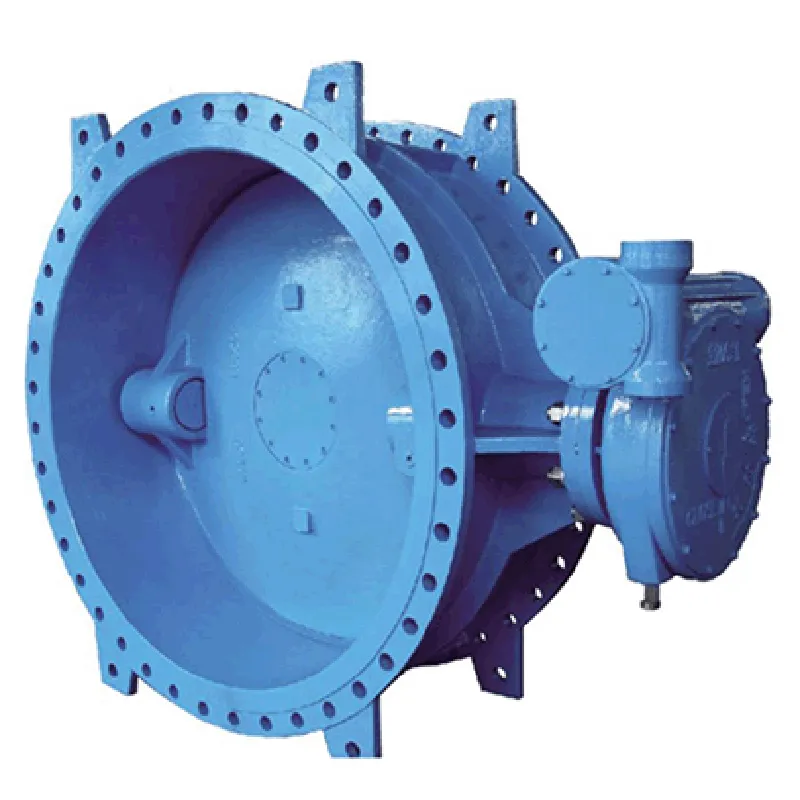Nov . 18, 2024 06:29 Back to list
double sphere union type rubber joint
Understanding Double Sphere Union Type Rubber Joints
In the realm of industrial piping systems, the importance of reliable and flexible connections cannot be overstressed. One such component that plays a critical role in ensuring the integrity and functionality of these systems is the double sphere union type rubber joint. This innovation offers a unique solution for addressing various challenges associated with fluid transportation across different environments.
What is a Double Sphere Union Type Rubber Joint?
A double sphere union type rubber joint is a type of flexible connector commonly found in piping systems. As the name suggests, this joint features two spherical ends connected by a flexible rubber or elastomeric center section. This design allows for movement and flexing in multiple directions, which is crucial in applications where pipes might experience thermal expansion, vibration, or misalignment.
The rubber joint is typically constructed from high-quality synthetic rubber materials that withstand various pressures and temperatures. These materials are chosen for their durability, resilience, and resistance to environmental factors such as abrasion, chemical exposure, and UV radiation, ensuring a long service life.
Advantages of Double Sphere Union Type Rubber Joints
1. Flexibility and Versatility One of the primary benefits of the double sphere rubber joint is its flexibility. The spherical design allows for angular, lateral, and axial movements, accommodating the thermal expansion and contraction that can occur in pipes. This adaptability makes it ideal for use in dynamic environments, such as those found in industrial machinery, HVAC systems, and even in residential plumbing.
2. Vibration Absorption Industrial pumps, compressors, and other machinery can generate considerable vibrations that may affect the integrity of rigid piping systems. The rubber joint effectively absorbs these vibrations, preventing stress on the joints and reducing the risk of leaks or failures.
double sphere union type rubber joint

3. Easy Installation and Maintenance The double sphere union design simplifies the installation process. Because the joint can accommodate movement and misalignment, it reduces the need for precise alignment during installation. Additionally, the accessibility of these joints makes maintenance and replacement relatively straightforward, minimizing downtime in operations.
4. Corrosion Resistance Unlike metal fittings that can corrode over time, rubber joints are often resistant to a range of chemicals and environmental conditions. This property ensures that they maintain their structural integrity and performance across various applications.
5. Cost-Effectiveness Although the initial investment in quality rubber joints might seem significant, their durability and low maintenance requirements yield substantial long-term savings. The prevention of leaks and costly repairs associated with pipe failures further enhances their cost-effectiveness.
Applications of Double Sphere Union Type Rubber Joints
Double sphere union type rubber joints find applications across numerous industries, including
- Water and Wastewater Treatment They are commonly used in pumping stations and sewage systems where flexibility and vibration absorption are necessary. - HVAC Systems These joints provide flexibility to adapt to thermal expansion in heating and cooling systems. - Mining and Mineral Processing The joints help in managing the oscillations and movements caused during extraction and processing activities. - Food and Beverage Industry Their non-toxic rubber formulations make them suitable for various applications where sanitary conditions are essential.
Conclusion
The double sphere union type rubber joint represents an essential innovation in piping technology. Its flexibility, durability, and cost-effective nature make it a valuable asset across a range of industrial applications. As industries continue to push the boundaries of efficiency and reliability, rubber joints will undoubtedly play a pivotal role in the ongoing evolution of piping systems. By understanding the advantages and applications of these joints, engineers and operators can make informed decisions to enhance system performance and longevity.
Share